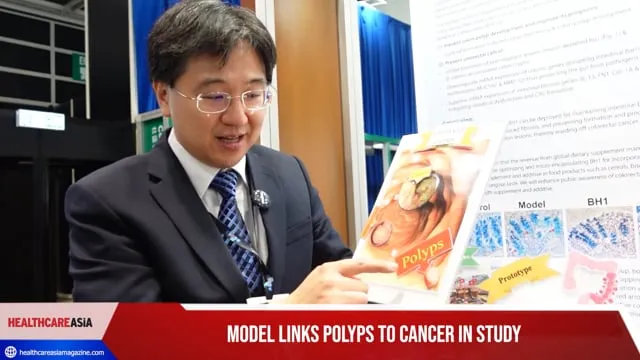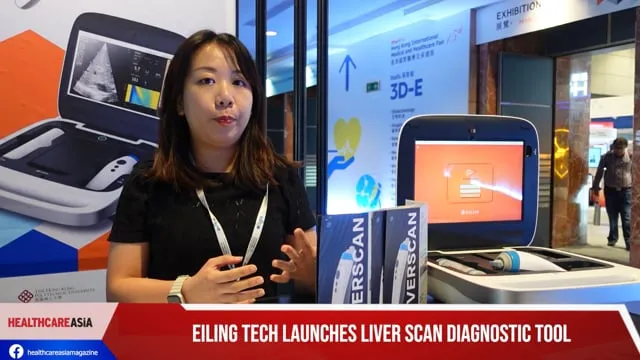Relieve Pressure on Exhausted Healthcare Workers with Intelligent Automation
By Zakir AhmedMany hospitals are still facing equipment and bed shortages, but staffing shortages are another serious concern.
Nurses in particular are in short supply, but fatigue is hitting staff in all ranks of healthcare. As many would guess, half of healthcare workers reported burnout in a recent survey. Additionally, 43 percent reported being overloaded at work.
The pressure on healthcare facilities isn’t easing up, and the need to do more with fewer people seems to be the new norm. Fortunately, innovation and modern technology can help. Specifically, intelligent automation makes it possible for healthcare organizations to ride the waves of the pandemic more efficiently, while relieving some of the burden placed on staff. Hospitals can also provide more quality patient care, share information quickly and securely, and reduce costs in the process. It’s a win for everyone involved, and couldn’t we all use some good news for once?
A closer look within a typical healthcare facility provides a better understanding of exactly how intelligent automation isn’t simply a powerful tool in the fight against the pandemic. Technology is also a way to battle back against many of the other stressors hospitals face today. So, fasten your seat belt and make sure all your personal items are secured as we take a ride on the intelligent automation journey.
1. Admissions and Registration
As hospitals are inundated with more patients, it’s understood that admissions and registration departments quickly become overwhelmed. Admissions paperwork and discharge documentation pile up fast, especially during a surge of COVID cases. Manually processing documents is extremely slow and prone to error.
Intelligent automation technologies like cognitive capture and document intelligence, however, can accurately capture, validate, extract and classify information from anywhere inside or outside the healthcare facility, improving the patient registration process. Automation and digitization eliminate errors, require less work from human employees and make data available more quickly. Patients are admitted faster, increasing the speed to care. Staff and other patients waiting to be admitted spend less time around potentially contagious individuals, reducing the risk of spread throughout the facility. The removal of paper documents also saves money on storage and makes more room for critical equipment.
2. Medical Records and Electronic Health Information
The images, medical reports and other documents created during each patient’s stay must be processed and classified. Many facilities are dealing with hundreds of millions of documents every year. Manually capturing and storing this data is a drain on staff, adding to the burnout already being felt. When hard copies are stored at different locations, it makes the headache worse.
Intelligent automation, however, digitally transforms medical record workflows. Whether data comes in as paper, email, fax, mobile, PDF or another format, it’s all captured, extracted and validated. A connected ecosystem unites critical business systems such as enterprise applications and legacy systems, while content-aware document workflows route information to the required business applications, including records management systems.
Clinicians have a complete view of the patient from day one, so they can provide faster and better care. Documents no longer sit in a backlog pile waiting to be processed, and staff can spend less time on frustrating, tiresome work and more time with patients.
Confidentiality and data privacy are also of great importance when it comes to medical records. Healthcare facilities must keep protected health information (PHI) secure and comply with Health Insurance Portability and Accountability Act (HIPAA) regulations. Intelligent automation improves compliance and data security with capabilities like watermarking, stamping and the redaction of confidential information.
3. The Emergency Room
Stress comes with the job in the ER, but intelligent automation can relieve some of the tension. The ER is a fast-paced environment where seconds often count in the life or death of a patient. A slow, paper-based registration and document management process is simply not an option, especially during a pandemic.
An intelligent automation system recognizes incoming documents and extracts patient identifier information. Doctors, nurses and other staff members can retrieve a complete and accurate patient record from a mobile device, no matter where they are in the hospital. Doctors can rapidly assess who needs immediate care so patients can be treated according to priority. Automation technology such as robotic process automation makes it easier for ER administrative and support staff to better manage an influx of patients by enabling them to get more done without adding headcount.
4. Patient Rooms
No one wants to end up in a patient room, but when they do, the record of care and associated documentation needs to come along for the ride. Around the globe, hospital beds are filled to capacity. Patients are often moved from one room to another or transferred between facilities based on availability and level of care needed. Staff are too tired and too overwhelmed to keep track of paper records. Mistakes are bound to happen, jeopardizing patient safety and the facility’s reputation.
A digital workflow powered by intelligent automation ensures this process happens smoothly and quickly. Patient healthcare information is integrated across all departments, making sure documentation is available instantly. Staff has access to accurate and up-to-date information from a mobile device, and the facility has a digital record of the patient’s journey. Employees can focus on administering care rather than transferring records.
5. The Mailroom
The mailroom isn’t the first thing that comes to mind when we think of healthcare, but it reaps some of the biggest benefits from automation. Lots of information comes into the mailroom, with healthcare benefit claims forms at the top of the list. Manually entering claim data into your system can take several months.
Facilities can automate the management of data coming in from any source, using artificial intelligence technologies to convert unstructured data into structured data assets. Claims can be processed in mere days with fewer employees. Facilities can direct these resources to other high-value areas, while saving money and improving compliance.
6. Accounts Payable and Finance
An efficient back office is just as important as a well-run front office. Delays and errors in invoice processing can result in supply disruptions of life-saving materials and critical equipment.
Automated, multi-channel invoice capture streamlines AP workflows and supports paper, XML and PDF invoices. The facility can save money with early payment discounts and process more invoices with fewer staff. The cost to process an invoice also decreases, further contributing to savings. Advanced analytics helps AP staff identify bottlenecks in the AP process, so they can be properly addressed. More importantly, payments are made on time, keeping the flow of supplies coming.
Since the beginning of the pandemic, healthcare organizations may have felt like they’ve been on a roller coaster ride and can’t get off. Intelligent automation makes it possible to put the brakes on, so your employees can catch their breath—all while saving money and delivering faster, higher-quality care. Take the manual, paper-based processes off employees’ plates. Give them a chance to recharge, so they can focus on what they do best: providing compassionate care to your patients.

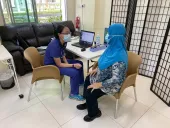




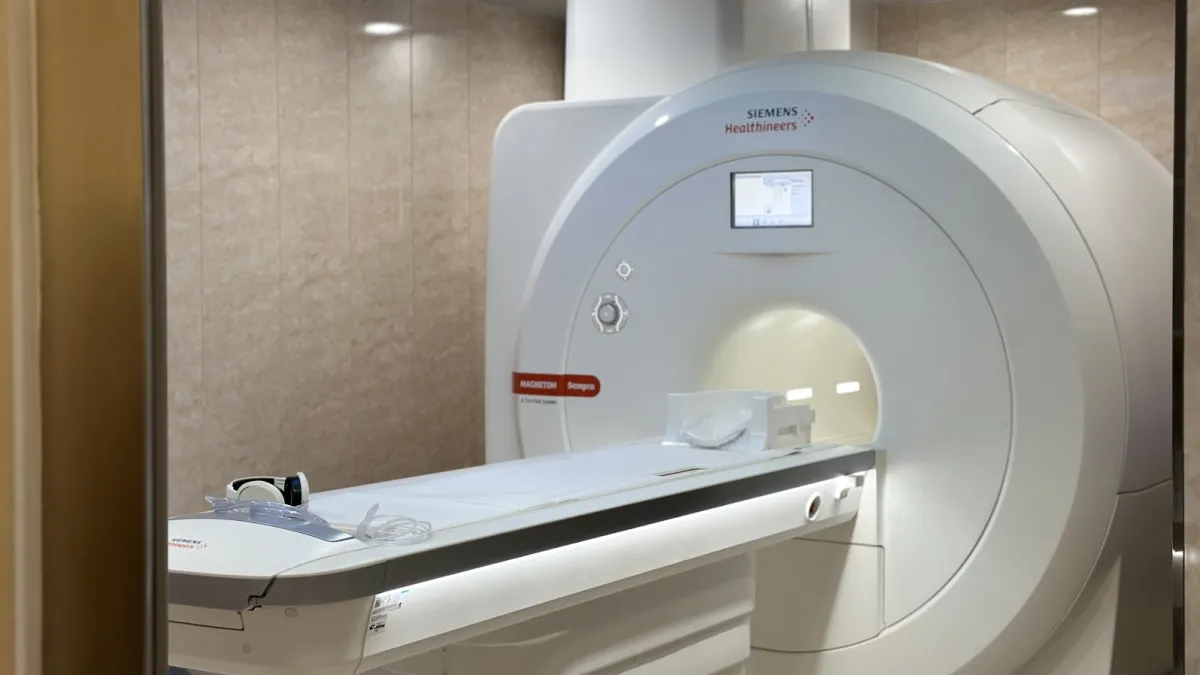
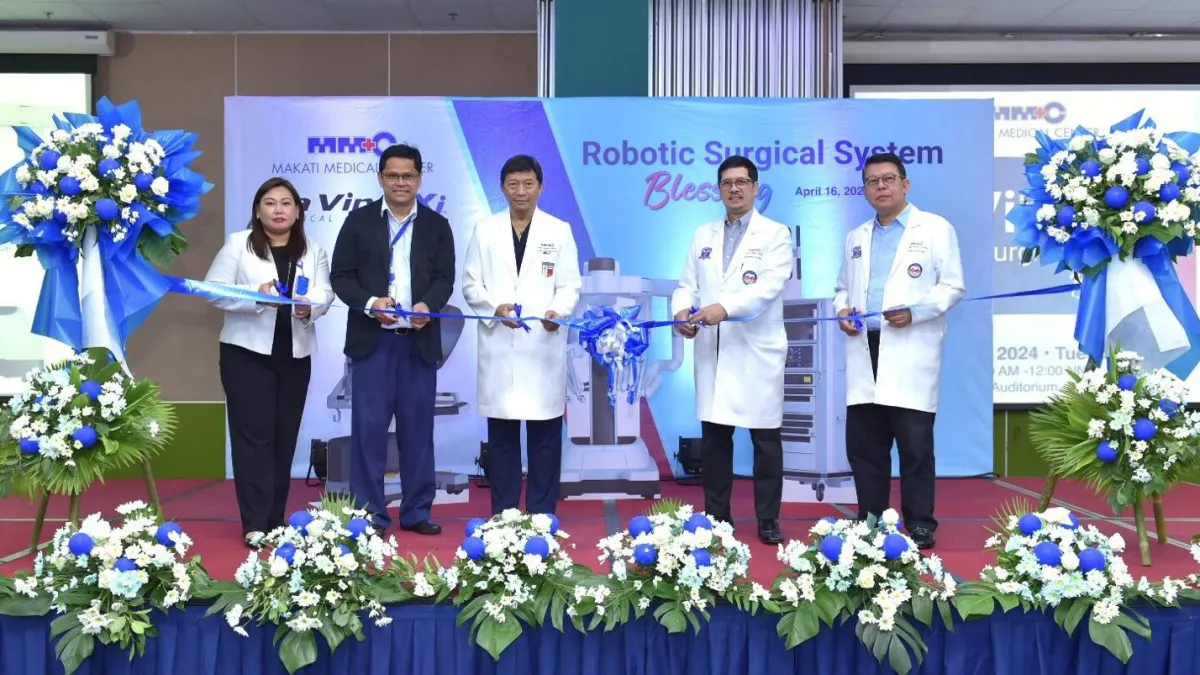




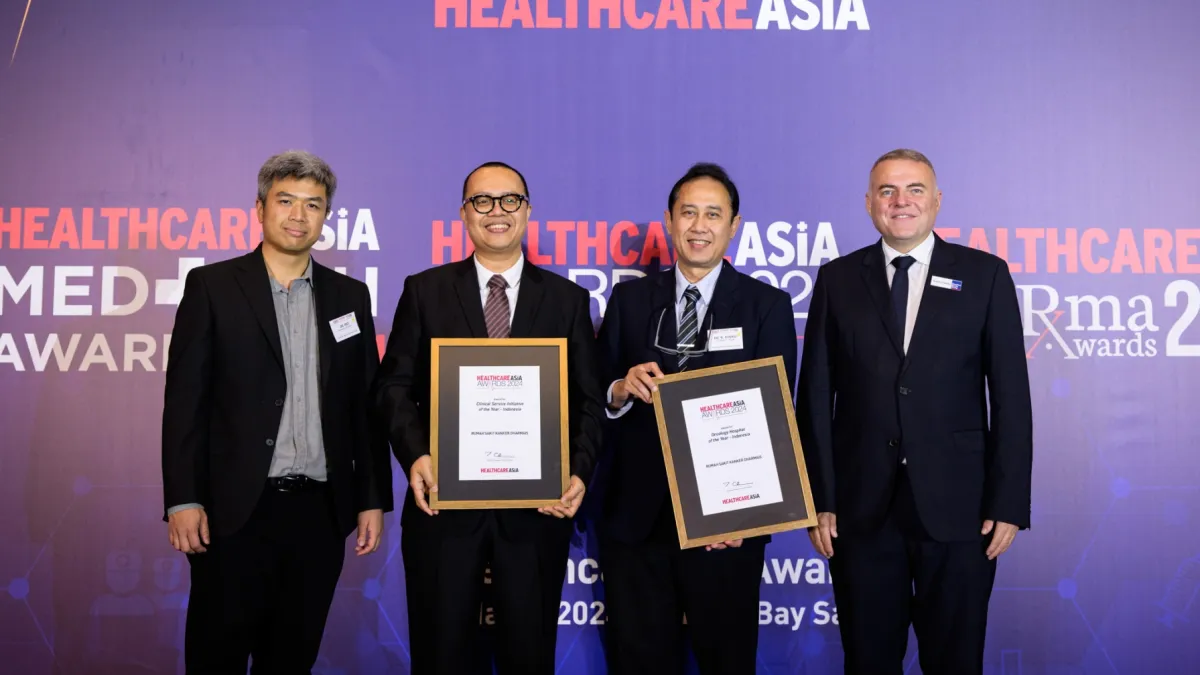

 Advertise
Advertise




